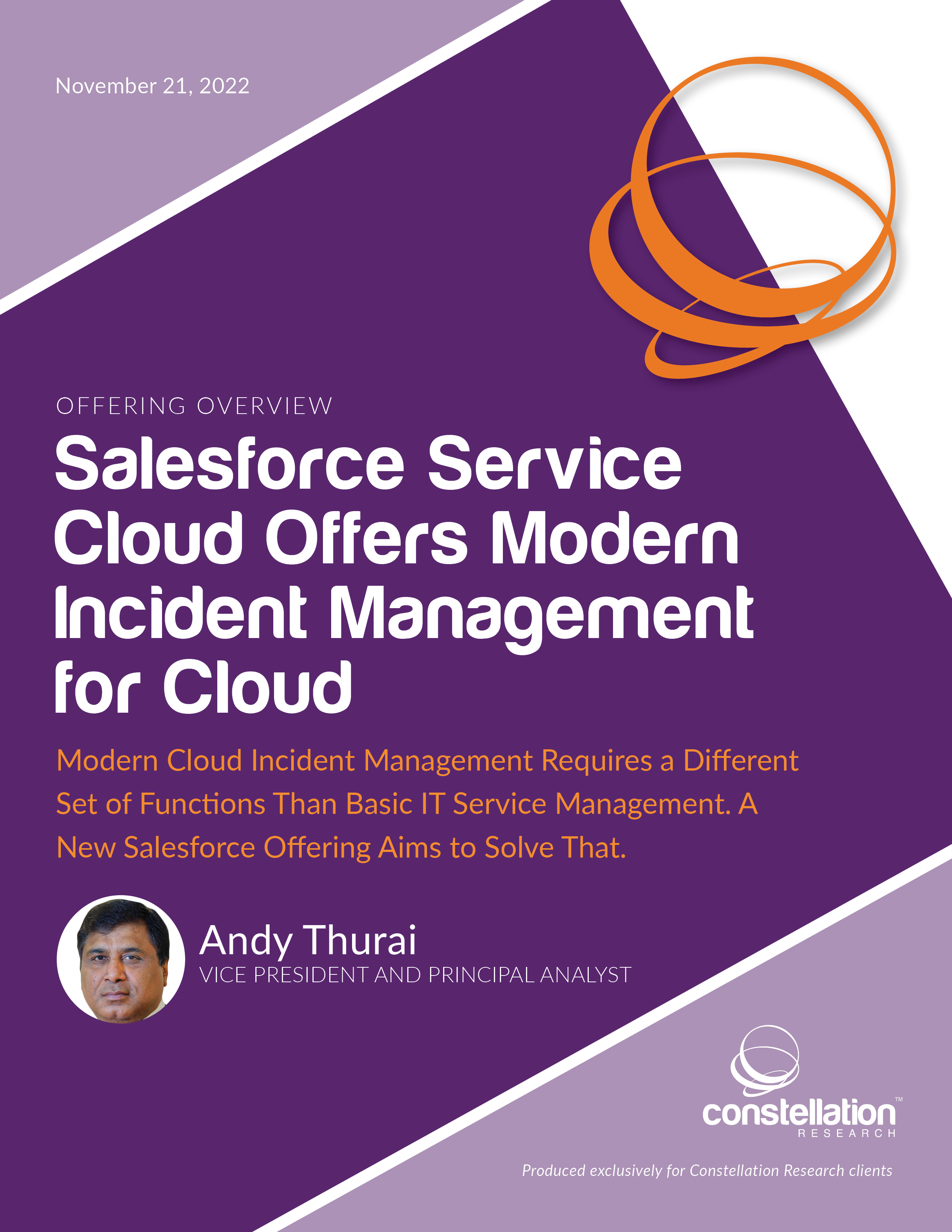 Executive Summary
Executive Summary
When it comes to crisis/incident management in the cloud/digital era, hope is not a strategy. Yet a majority of enterprises continue their digital business operations as usual, hoping major disruptive incidents will never happen to them, even while they happen to their competitors, partners, peers, dependent service providers, cloud platforms, tool providers, and even incident management service providers on a regular basis.
Especially with the need and demand for “always-on” services, there are more opportunities than ever for things to break in modern complex architectures, and incidents do not wait for a convenient time. Problems can, and often do, happen on weekends, holidays, or weeknights when no one is paying attention. To be properly prepared when an incident happens, an enterprise must be in a position to immediately identify, assess, manage, resolve, and effectively communicate the situation to customers, stakeholders, and (for major incidents) senior management. Most enterprises today are still not set up to handle all IT-related incidents, or crises, in real time.
No enterprise is digitally invincible. Unplanned downtimes are a part of IT life that often affects normal business. The ability to identify an incident as soon as, or even before, it happens; discover the root cause as soon as possible with the shortest-possible mean time to repair (MTTR); and fix the issue immediately once it’s identified is a trait of a digitally winning organization. Although resolving the issue itself is a major hurdle for a lot of enterprises, communicating that to fellow IT operations (ITOps) collaborators, executive management, and external customers on a timely basis is a major challenge for a lot of organizations. Observing that many customers built the above functionalities and customized them to use as extensions to Salesforce Service Cloud over the last few years, Salesforce saw a need to build out a mature solution for the issue so customers could consume a majority of this functionality out of the box instead of having to customize Salesforce Service Cloud.
Salesforce created Customer Service Incident Management (CSIM) to give agents and service operations teams full visibility into incidents, cases, and customer data in a single workspace. Agents are no longer left in the dark while being bombarded by frustrated customers. Service operations teams have the full context they need in order to resolve a problem. The CSIM license currently is already available to all Service Cloud users, with no additional licenses or costs.
This Offering Overview evaluates the Salesforce Customer Service Incident Management offering. It identifies key differentiators, examines functional capabilities, considers the offering’s strengths and weaknesses, and suggests use cases. Technology buyers should use this report to evaluate Customer Service Incident Management.
At the heart of this offering is a noble goal to offer customer service, ITOps, service operations, stakeholders, customers, partners, and DevOps members similar information in a single-pane-of-glass view instead of siloed information.


